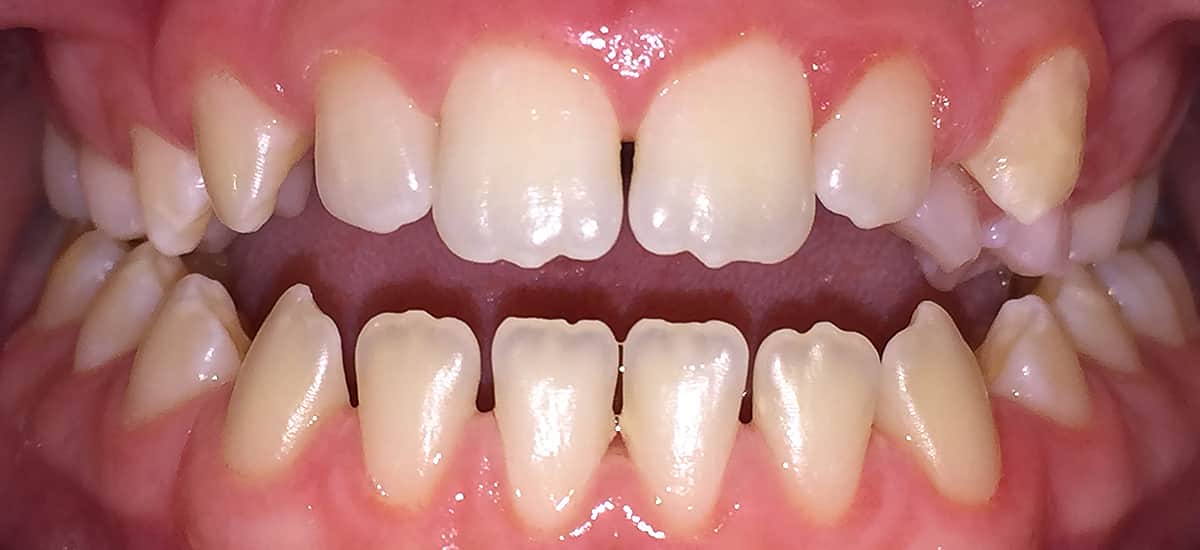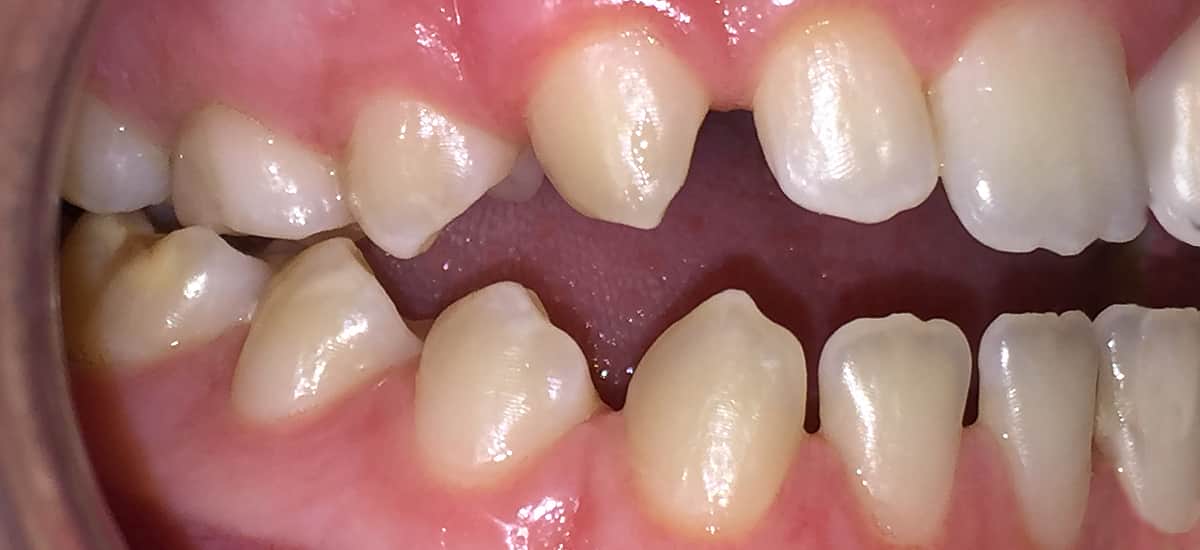Most young children who suck their thumbs (and often fingers too) generally stop at some point between the age of 2 and 4. It is in fact natural for a very young child to suck any object they put in their mouths, and this instinct develops very early (before birth) as it is a part of learning to feed. At around 4 months of age this instinct fades, and thumb or finger sucking past this point is more of a soothing and self-comforting activity.
It's only after the age of 4 that thumb and finger sucking may be an issue from an orthodontic perspective. A child occasionally putting their thumb in their mouths is not a problem, but intense and continuous thumb sucking may cause issues, such as…
- Protruding upper front teeth and / or pushed back lower front teeth.
- Jaw malformation.
- Openbite.
- Crossbite.
- Crowding.
- Development of a lisp.
Similar problems can arise where a dummy ('pacifier') is being sucked in the same way.
How to discourage thumb / finger sucking
- Reward a child's ability to resist the temptation to suck their thumb.
- Make thumb sucking unpleasant (pharmacies sell special nail paint that has an unpleasant taste).
- Make thumb sucking difficult e.g. by putting a plaster on the thumb, putting on mittens / gloves before the child goes to sleep.
Nagging very rarely works. Failing these approaches there are some orthodontic devices that can help.
It is important to monitor a child's behaviour from the age of 4 to 7 and to look out for any changes in the teeth or mouth at this time. Since adult teeth start to appear from around the age of 6, this is the best time to seek orthodontic advice and. If necessary, start some early orthodontic treatment. Initially this will probably involve the use of space creating or maintaining devices, which may need to be followed by braces in the teenage years.






